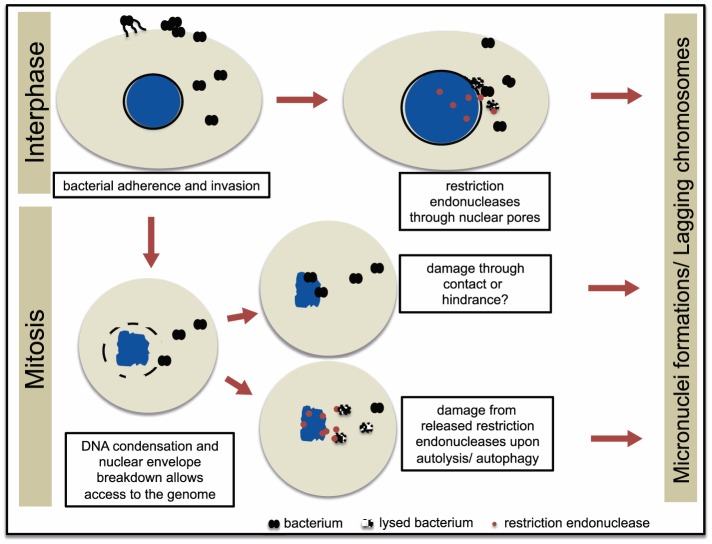Figure 7. Proposed model of N. gonorrhoeae-induced DNA damage in epithelial cells.
N. gonorrhoeae adheres to and invades epithelial cells. Restriction endonucleases are upregulated and released from intact bacterium or through bacterial autolysis during invasion and access the nucleus through nuclear pores during interphase. During early mitosis when the nuclear envelope is broken down, N. gonorrhoeae may interact with the condensed chromatin, which affects mitosis. Bacterial restriction endonucleases released from the bacterium also access the chromatin in mitosis. The result of each scenario is micronuclei formation, ultimately causing damaged DNA in the host cell.

